The collapse of the "Black Man": how the reckoning overtook the chief of the Orel Gestapo Bukin
Categories: History
By Pictolic https://pictolic.com/article/the-collapse-of-the-black-man-how-the-reckoning-overtook-the-chief-of-the-orel-gestapo-bukin.htmlOn April 17, 1957, KGB officers in civilian clothes arrived at the dorm of the Gorkommunzhilstroy trust in Dnepropetrovsk, pushed the watchman Ivanovich into the car and took him away in an unknown direction. After a while, colleagues and residents of the hostel were shocked by the news — the peace of their hostel was guarded by none other than Mikhail Bukin, the former chief of the "Russian Gestapo" in the city of Orel.
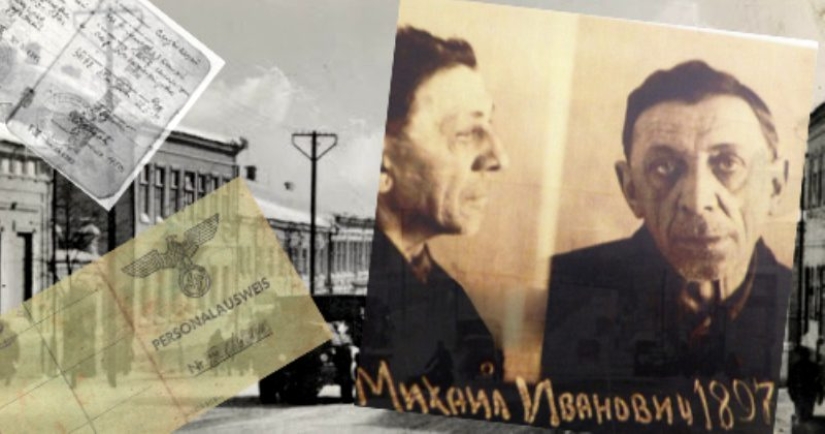
The watchman Ivanovich, who served the Dnepropetrovsk trust faithfully for 12 years for a meager salary, was actively searched for all this time. Mikhail Bukin was involved in thousands of deaths of underground workers, prisoners of war and Soviet citizens, and the Germans highly appreciated his cruelty and grip.
He was one of those traitors who work not for fear, but for conscience - Bukin personally tortured and shot underground workers, and once ordered to shoot a woman with a two-year-old child. In 1945, seeing that retribution was approaching, Bukin managed to impersonate a concentration camp prisoner and escaped arrest.
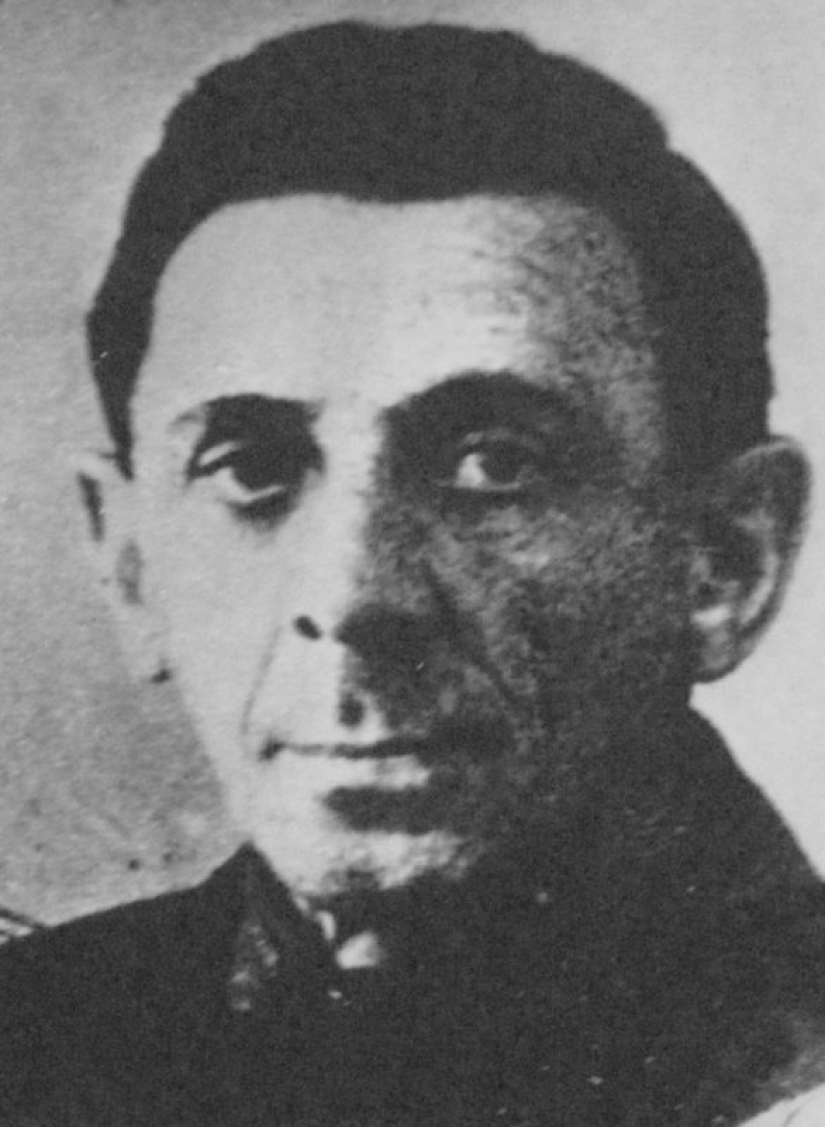
The Gestapo man, despite the risk, continued to live under his real name. He behaved quieter than water, constantly being in fear - Mikhail knew that sooner or later they would come for him anyway. The wait dragged on for 12 years, but in the end "the award found a hero."
Mikhail Ivanovich Bukin was born in Orla was born in 1897 in the wealthy family of a merchant of the 1st guild. From a young age, Misha tried to find a place "warmer" in order to be able to earn additional income and at the same time not to overwork too much.
For the first time, the essence of Mikhail manifested itself in 1919, when in The White Guard troops under the command of General Kutepov entered the Eagle. Together with his father, he met the troops at the entrance to the city with bread and salt, and the next day he showed the white officers the houses of wealthy Jews where they could profit well.
He began his working career in 1920 and managed to change many different places before the outbreak of the war. Bukin worked as an accountant's assistant, cashier, commodity expert, storekeeper. Mikhail subtly felt the benefits and something always "stuck" to his hands. In 1932, he almost paid for his greed — they found gold czar's chervonets acquired for unearned income, which were forbidden to be kept by ordinary Soviet citizens.
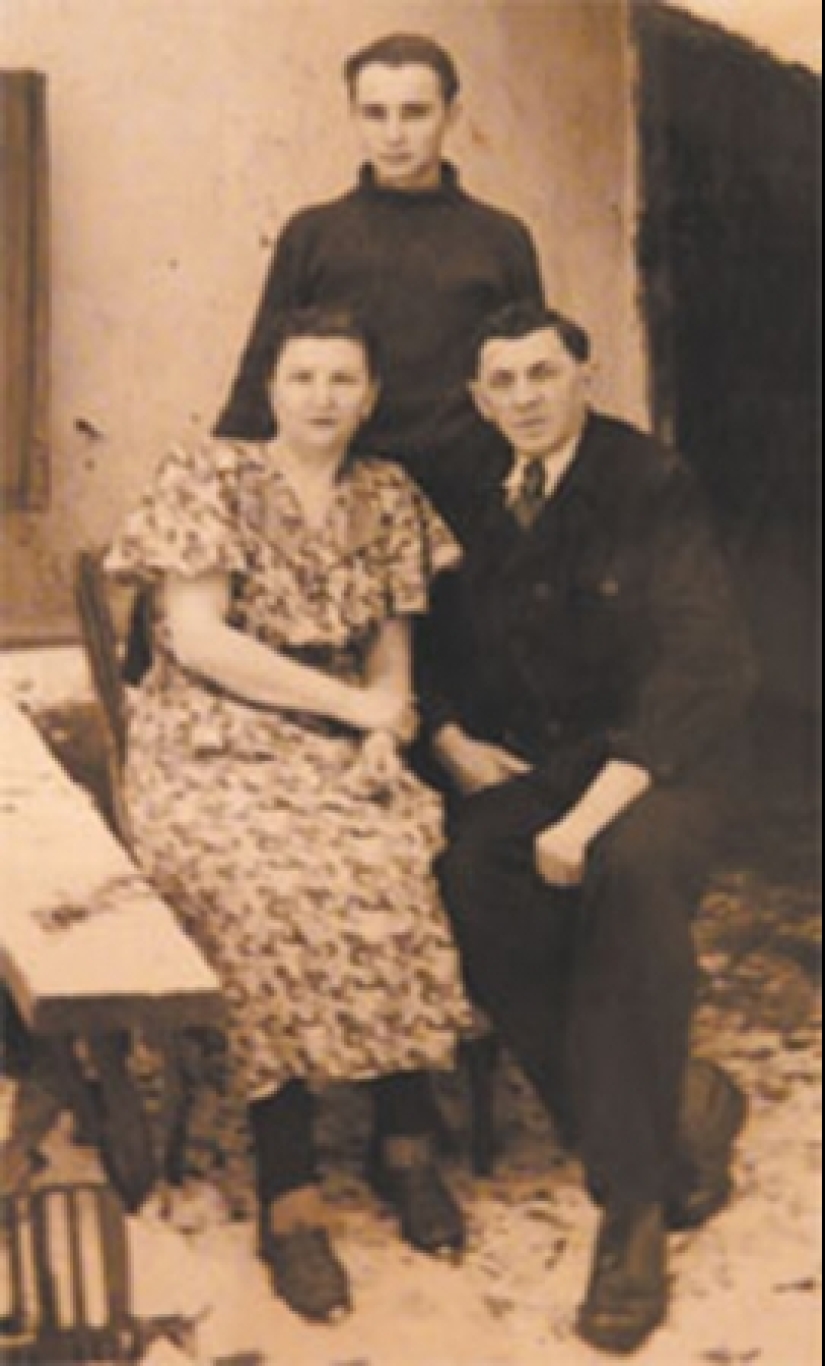
This time Bukin got off lightly - confiscation of gold and three months of arrest. This case made him more cautious, but problems with the law still could not be avoided. In March 1941, the commodity expert Mikhail Bukin was arrested again, this time for an official crime - fraud with the supply of pipes for the Bryansk bakery.
Mikhail Bukin met the beginning of the war behind bars — the fairest court in the world measured the crook 2 years in prison. At the stage he was sent to the prison of the city of Gomel, from which he very soon left unhindered. During the first raid of German planes, the gates of the city prison were destroyed, and the guards, abandoning their posts, fled in panic.
Bukin, along with other prisoners, took advantage of the opportunity and left his cell and the city of Gomel. On the way, the fugitives were detained by Wehrmacht soldiers, but they did not fix obstacles, but, on the contrary, they were given ausvices and told to go home. The journey to his native Eagle took Mikhail several months and he got home only at the end of October 1941.
In the city, where the Nazis were already in full possession, he met his wife Anastasia and quietly settled down as if nothing had happened in his modest room in a communal apartment. Mikhail was brought together with the Germans by chance. His neighbor, Olga Stepina, worked in the city Gestapo as a translator. One day, visiting her on some domestic issue, Bukin found two German officers visiting Olga - Krieger and Klatmann. The Nazis spoke Russian quite well and a conversation began between them and the ex-convict.
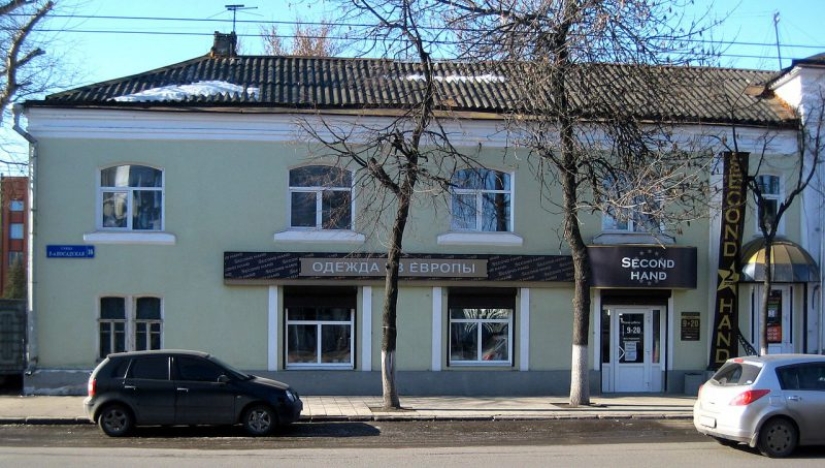
Mikhail complained about the lack of money and hunger, in response to which the Germans offered him "a job to catch Jews, communists and citizens sympathizing with them." Bukin was accepted into the Gestapo as an ordinary policeman, but six months later, for special zeal, he was appointed head of the search police in the department of the "Russian Gestapo".
Having gained almost unlimited power over people, Mikhail showed his true nature. He tried his best to show his loyalty to the Nazis and effective work. From the very first days in his new position, Bukin began to throw dozens of citizens behind bars, accusing them of "hostility to the new order."
Not only communists, Komsomol members, underground workers and Jews got into the basements of the Gestapo, but also those on whom the new chief of the Gestapo had a grudge in a previous life. The prisoners were bullied in every possible way - tortured, beaten with rubber hoses and whips, left in the cold, starved and thirsty.
At the beginning of the autumn of 1942, the chief of the investigative police especially distinguished himself — with his direct participation, a group of Soviet underground workers embedded in the Orel Gestapo was uncovered. Several people were arrested and the head of the group named Golovko was identified. This man was personally beaten to death by Bukin during the interrogation.
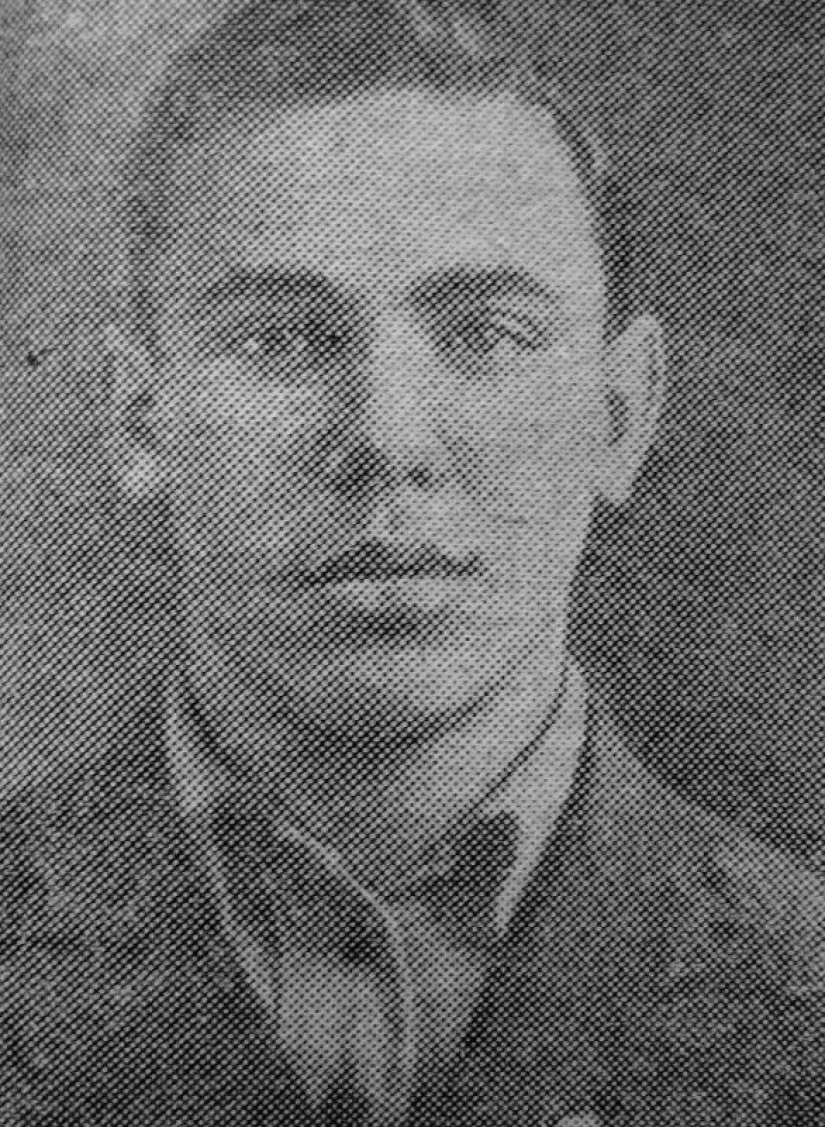
Just a month later, new successes emerged — Bukin and his subordinates exposed a group of partisans led by Vladimir Sechkin. They planned to blow up the city theater with the Germans and their henchmen during the celebration of the anniversary of the occupation of the Eagle. A total of 26 people were detained, including underground worker Maria Zemskaya, who was thrown into the basement together with her two-year-old daughter Valya. All the partisans, and with them the child, were soon shot by order of the Gestapo chief.
At the beginning of 1943, Mikhail's "team" consisted of 500 full-time employees and 150 secret agents and ordinary paid informers. Bukin's office was located in two large brick buildings with spacious basements equipped for torture and executions.
On April 1, 1943, the Germans celebrated the traitor's merits with a "Badge of Distinction for the Eastern Peoples" — the highest award that civilian collaborators could count on. Also, Mikhail's salary was increased and special thanks were announced for his vigilance and irreconcilable struggle against the enemies of the Third Reich.
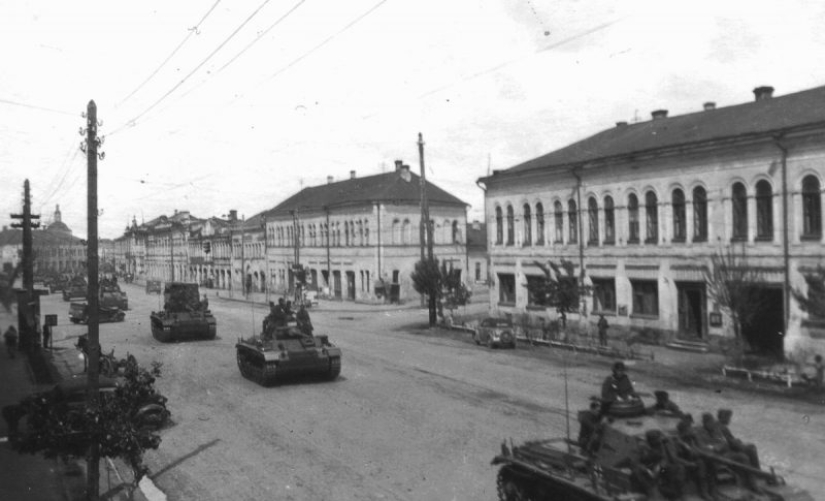
But very soon Bukin became uncomfortable in his native Eagle, to the outskirts of which the Red Army was inexorably approaching. At the request of the Gestapo chief, the Germans allocated a whole car for the evacuation of Bukin and his wife. More than a third of this car was occupied by valuables looted by Mikhail during his turbulent activities in the Gestapo, including jewelry, clothing and silverware taken from those shot in the dungeons.
Mikhail's experience was valuable to the enemy, so he was sent to Kaunas, where he was appointed assistant commandant of the Pravenishkes concentration camp, with the rank of non-commissioned officer of the SD. In Kaunas, Bukin faithfully served the Nazis for a whole year, torturing and shooting Jews and prisoners of war.
When the Baltic States began to be rapidly liberated by Soviet troops, Bukin and his wife moved to Germany. Realizing that the defeat of Germany in the war was only a matter of time, Mikhail feigned a chronic illness and was dismissed from the SD "as a citizen". Here, for the first time in his life, he learned physical labor, since in order to earn a piece of bread, he had to paint submarines at the shipyards of Gotenhafen.
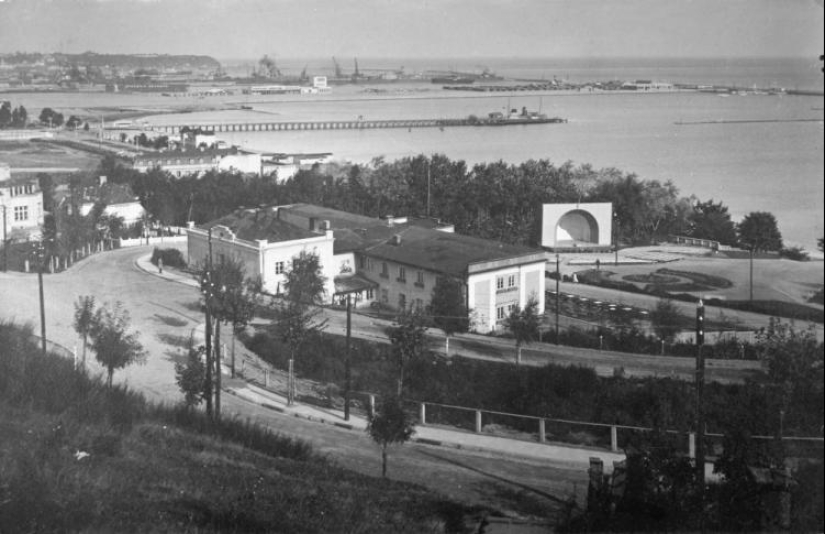
Later, during interrogations by KGB investigators, the former Gestapo man said that the fear of imminent retribution gnawed at him continuously, wherever he was and whatever he was doing. Shortly before After the victory, the traitor began to prepare — he burned all the documents and German awards, and also asked the Germans to send him to a concentration camp, ostensibly to infiltrate the underground operating there.
In 1945, Bukin, along with thousands of other prisoners, was released by Soviet troops and, as a former concentration camp prisoner, he returned with his wife. Mikhail received a new passport in his own name, lying only that he was born in Tsaritsyn, and from 1942 to 1944 worked as an orderly in a hospital in the city of Kizlyar.
For a peaceful post-war life, Bukin chose Dnepropetrovsk. Neighbors spoke positively about the modest and benevolent Mikhail Ivanovich, who had to endure the horrors of the concentration camp. Bukin was widowed by this time and spent his free time as a janitor willingly, babysitting the neighborhood kids.
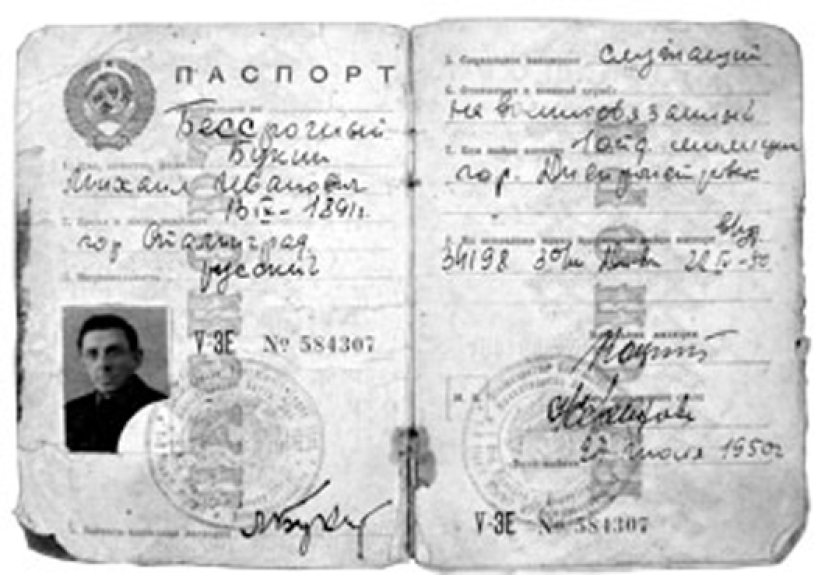
Meanwhile, the NKVD did not stop searching for the chief of the Orel Gestapo for a minute. People similar to Bukin were detained several times, but the traitor and murderer himself disappeared into the water. Only after 12 years of searching, someone drew attention to the full namesake of the wanted criminal, who worked as a modest janitor in a Dnepropetrovsk hostel.
When it turned out that Mikhail Bukin looked like a Gestapo man, it was decided to detain him. At the time of his arrest, Bukin did not resist and did not break the comedy, but simply said wearily: "I knew it. I've been waiting for you for a long time."
The traitor did not deny cooperation with the Germans, but categorically refused to confess to torture and executions. "I only commanded, the Germans did all the dirty deeds," he repeated at every interrogation and confrontation. The trial of the Gestapo chief Bukin took place in the traitor's native Orel, whose inhabitants he brought so much grief. 78 witnesses of his crimes spoke at the trial and the result was obvious.
In his last word, the traitor and executioner asked not to take his life and claimed that he sincerely repented, but no one was going to show leniency. On November 20, 1957, the court sentenced Mikhail Ivanovich Bukin to the death penalty - execution. The verdict was applauded by those present in the courtroom.
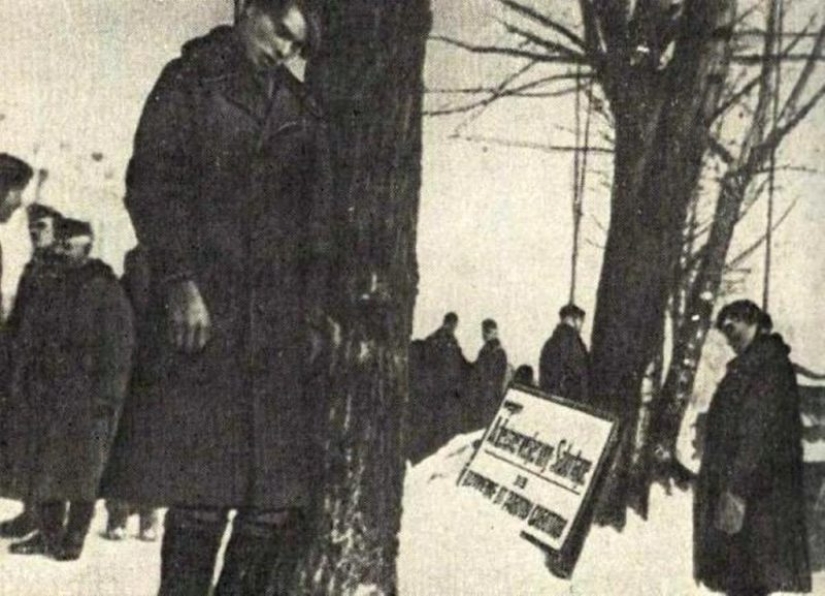
Bukin clung to his worthless life to the last — he sent one letter after another to Khrushchev with requests for clemency, but they remained unanswered. On April 2, 1958, the court rejected the last petition for clemency, and a few days later the condemned man was shot in the courtyard of the Oryol prison.
It is interesting, but the materials concerning the case of Mikhail Bukin are still stored under the heading "Secret" in the archives of the special services. According to the law "On Archival Business in In the Russian Federation," they will be available only 75 years after the verdict, that is, in 2032. One of the few photos of Bukin that everyone can see is stored in Oryol Military History Museum. It is placed on a black background and the museum guides call Bukin nothing but a "black man".
The head of the Orel Gestapo got what he deserved, but this does not always happen. Sometimes Nazi criminals live a long and peaceful life and die without paying their bills.
Recent articles

With this question, people without drawings on the body got those who have tattoos: & #171;How will it look in old age?». ...

The very word "selfie" came into use after a smartphone appeared in the pocket of everyone. But taking pictures of yourself, of ...

It's hard to believe, but these places really exist on our planet. This is not someone's sophisticated fantasy, well, except for ...